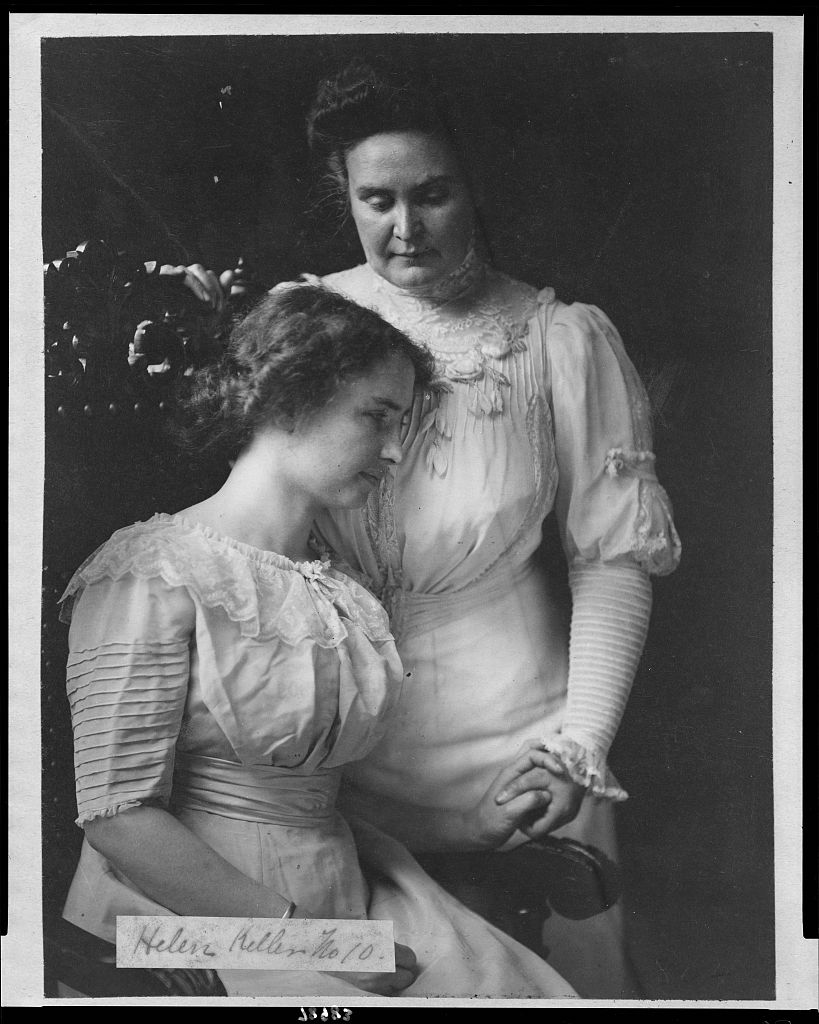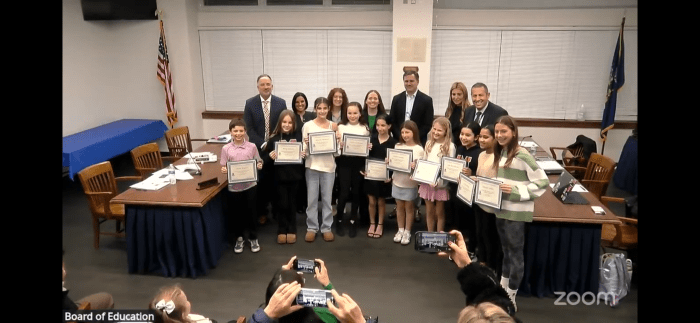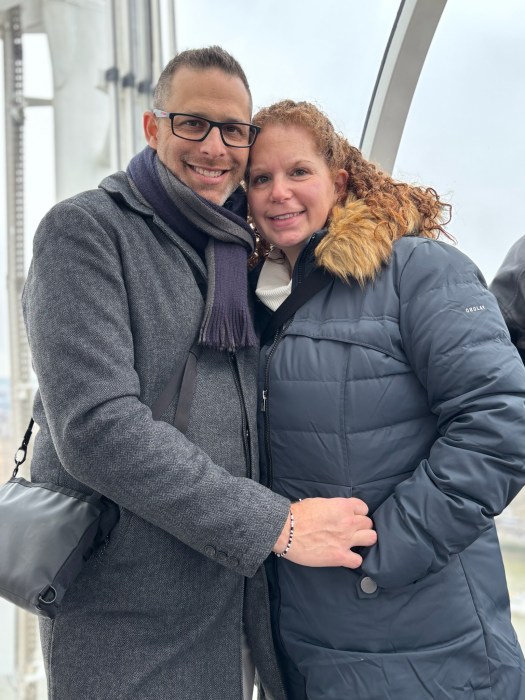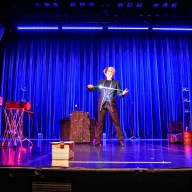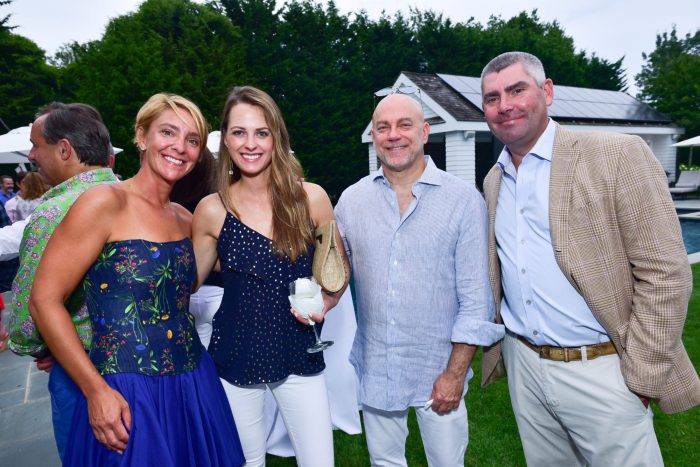When Helen Keller first arrived at Cedar Beach on Long Island’s East End, she told her neighbor that she could sense everything around her. “How beautiful the water and trees are,” she said.
She was able to describe that scene, even though she could not hear or see anything: She had been left deafblind after battling a high fever during a childhood illness. But she went beyond those limitations, learning to develop her other senses, experiencing the fresh smell of the beach and the cool touch of the waves. She made sense of her surroundings, thanks to her lifelong teacher Annie Sullivan.
In the summer of 1936, they vacationed at a beachside rented cottage on Long Island’s East End. But neither could have imagined that that would be their last summer together.
ROBBED OF LIGHT AND SOUND
The baby born in 1800 was named “Helen” (meaning “light” in Greek). Helen Adams Keller was an intelligent child who began speaking words like “wa-wa” (water) and taking her first steps as an infant. But when she was 19 months old, she contracted a near-fatal congestion of the stomach and brain. Later, the doctors speculated that her illness was scarlet fever or meningitis. Her life had been spared, but the fever robbed her of the ability to see, hear, or speak correctly. As an adult, she wrote about being “plunged into the unconsciousness of a newborn baby.”
The child’s frustration caused her to act out, smashing dishes and kicking people, not realizing what she was doing to others. The life of the unmanageable, violent child whose only human contact was through touch changed drastically when she was 6, with the arrival of her 20-year-old governess, Annie Sullivan. As Keller later wrote, “The most important day I remember in all my life is the one on which my teacher came to me.”
Sullivan taught the child others called “unruly” to communicate, showing her that objects and concepts had names, by using a manual alphabet. The little girl took the first step in her journey of understanding when Sullivan held Keller’s hand under water from a pump as she spelled out “w-a-t-e-r” on her palm.
Sullivan helped expand Keller’s vocabulary and knowledge, so much so that when Keller was 22, she published her autobiography, The Story of My Life. She attended Radcliffe College, accompanied by Sullivan, who explained the lectures. Keller graduated in 1904, the first deafblind person to earn a bachelor’s degree.
Keller became an advocate for disabled people, women’s suffrage, birth control, and pacifism, and was a founding member of the American Civil Liberties Union in 1920, working to protect individual liberties and hold the government accountable.
Accompanied by Sullivan, Keller toured and lectured constantly throughout the world.
Keller also authored many books, which often contained motivational passages, such as
“The best and most beautiful things in the world cannot be seen or even touched — they must be felt with the heart.”
The writer/humanist Mark Twain shared Keller’s vision of world peace and became a friend; both he and Keller were viewed as political radicals. After her death, a 1953 FBI investigation focused on her alleged relations with the Communist Party.
THE FINAL HOLIDAY
Sullivan was Keller’s constant companion over the decades. But Sullivan was in poor health: She had a heart condition and had gone completely blind as the result of contracting the childhood eye disease trachoma. Reversing their roles, Keller cared for Sullivan.
Sullivan’s doctors recommended fresh air and exercise. In the summer of 1936, the two took a vacation. Local newspapers reported on the famous duo who rented a Bavarian Tudor-style house near Cedar Beach, in Bayview, south of Southold. Keller could walk to the beach and back to the house alone by grasping a rope that had been installed between the water and the house.
During that summer, Sullivan suffered a coronary thrombosis and fell into a coma. A stay at Eastern Long Island Hospital in Greenport brought no improvement, so Sullivan was transferred to the Forest Hills home she and Keller had shared since 1917. Sullivan was holding hands with Keller when she died in October 1936.
In 1967, the headquarters of the Helen Keller National Center for DeafBlind Youths and Adults was founded in Sands Point on Long Island. Keller’s work and advocacy for the deafblind community heavily influenced its establishment as the only national vocational and rehabilitation agency providing services exclusively to youth and adults who have combined vision and hearing loss.
The next year, Keller died in 1968 at age 87. Her ashes were buried next to Sullivan’s ashes.




